Knives are essential tools that have been used by humans for thousands of years. From culinary artistry to outdoor adventures, understanding the anatomy of a knife can significantly enhance its functionality and your experience. In this article, we will explore the various components that make up a knife, including custom Damascus knives and folding knives, to help you better appreciate these precise instruments. Whether you are a professional chef or an outdoor enthusiast, having knowledge about the anatomy of a knife can only serve you well.
The Essential Components of a Knife
At its core, a knife is a simple tool made up of various components, each playing a critical role in its overall performance. Here are the fundamental parts of a knife:
The Blade
The blade is the most critical component of a knife. It’s typically made from various types of steel, including stainless steel or high-carbon steel. For those seeking a unique blend of aesthetics and functionality, custom Damascus knives offer a beautiful, layered steel appearance along with exceptional cutting performance.
The Edge
The edge of the blade is where the cutting happens. There are different types of edges, with each suited for specific tasks:
- Straight Edge: Ideal for precision cuts.
- Serrated Edge: Perfect for slicing through hard surfaces, such as bread.
- Dropped Point Edge: Common in folding knives, providing control for detailed cutting.
The Tip
The tip of the blade is the very point that you use for piercing. A fine tip is excellent for delicate tasks, whereas a wider tip offers better durability and strength. Understanding the shape and purpose of a knife’s tip can make a significant difference in your cutting efficiency.
The Spine
The spine is the top, unsharpened edge of the blade. It adds strength and stability to the knife while providing a surface for grinding and shaping. The thickness of the spine can determine the knife's versatility and the amount of force required during use.
The Handle: Where Control Meets Comfort
The handle of a knife is just as important as the blade itself. It is the part that you hold, and so it needs to be comfortable and easy to grip. Common materials used for handles include:
- Wood: Offers a classic look and feels good in hand.
- Plastic: Lightweight and often comes with textured surfaces for better grip.
- Metal: Often found in high-end folding knives, providing durability and style.
The Guard
The guard, present in some knife designs, is the protrusion between the blade and the handle. Its primary purpose is to protect your fingers from slipping onto the blade when using the knife. Understanding its role could prevent accidents, especially during intricate cutting tasks.
The Pommel
The pommel is the cap at the end of the handle. It can serve multiple purposes, including balancing the knife's weight or acting as a striking surface. Some custom Damascus knives boast intricate pommel designs that not only enhance aesthetics but also improve functionality. Don’t overlook this minor feature when evaluating a knife's overall design.
The Tang: Stability for Precision
The tang refers to the portion of the blade that extends into the handle. It plays a crucial role in determining the knife's weight, balance, and stability. There are three common types of tangs:
- Full Tang: Runs the entire length of the handle, providing superior strength and balance. Most custom-made knives, including custom Damascus knives, idealize this design.
- Half Tang: Extends halfway into the handle, allowing for a lightweight and more compact design.
- Rat Tail Tang: A thin extension of the blade that fits into the handle. While it provides some reduction in weight, it can compromise durability.
The Importance of Knife Maintenance
Understanding the anatomy of a knife is crucial, but maintaining your knife is equally important. Proper care can extend the life of your knife and improve its performance. Here are some maintenance tips:
Sharpening Your Blade
A sharp knife performs better and is safer to use than a dull one. There are many ways to sharpen a knife, including whetstones, electric sharpeners, and honing rods. Regular touching up of the edge will keep your blade in prime cutting condition.
Cleaning and Storing
After every use, clean your knife to prevent food residue buildup. Avoid tossing your knives into a sink full of water; instead, wash them by hand and dry them immediately. When it comes to storage, consider using knife blocks, magnetic strips, or even custom cases, especially for your prized custom Damascus knives. Proper storage prevents dulling and keeps your knives safe from damage.
Choosing the Right Knife for Your Needs
When it comes to selecting a knife, one size does not fit all. Consider your intended use, and let that guide your choice. Here are some scenarios that commonly dictate the type of knife you might need:
Culinary Use
For kitchen use, chef's knives, paring knives, and utility knives are essential. A versatile chef's knife can handle various tasks, while a paring knife is better suited for intricate work.
Outdoor Activities
When venturing outdoors, a folding knife is crucial for its portability. Look for options with locking mechanisms to ensure safety during use. Additionally, consider the region and activities you’ll be engaged in, as this can influence the type of blade best suited for your adventure.
Collecting Knives
If you are a knife enthusiast or collector, investing in custom Damascus knives may be appealing. Not only do they provide optimal performance, but their aesthetic appeal makes them a joy to admire and showcase.
The Influence of Knife Design
The design of a knife is not just about how it looks; it also influences its functionality. Trends in knife design often reflect cultural idiosyncrasies, types of blades, and even the materials used. Custom designs can create a unique blend of form and function, effectively catering to the needs of the user while elevating their style.
The Role of Ergonomics in Knife Design
Ergonomics plays an important role in knife design, especially for those who spend extended periods using their knives. A well-designed handle reduces fatigue and minimizes the risk of injury, enabling the user to achieve consistent and controlled cuts.
Final Thoughts: Elevate Your Knife Experience
Now that you have an understanding of the anatomy of a knife, from the blade to the handle, you can take your knife game to new heights. Whether you're looking for culinary excellence, outdoor reliability, or pieces for your collection, knowledge is power. Always choose tools that fit your style and needs, and remember that the right care can go a long way in preserving your knives. As you deepen your appreciation for these majestic tools, don't hesitate to explore the myriad options available, including custom Damascus knives or versatile folding knives. Happy cutting!






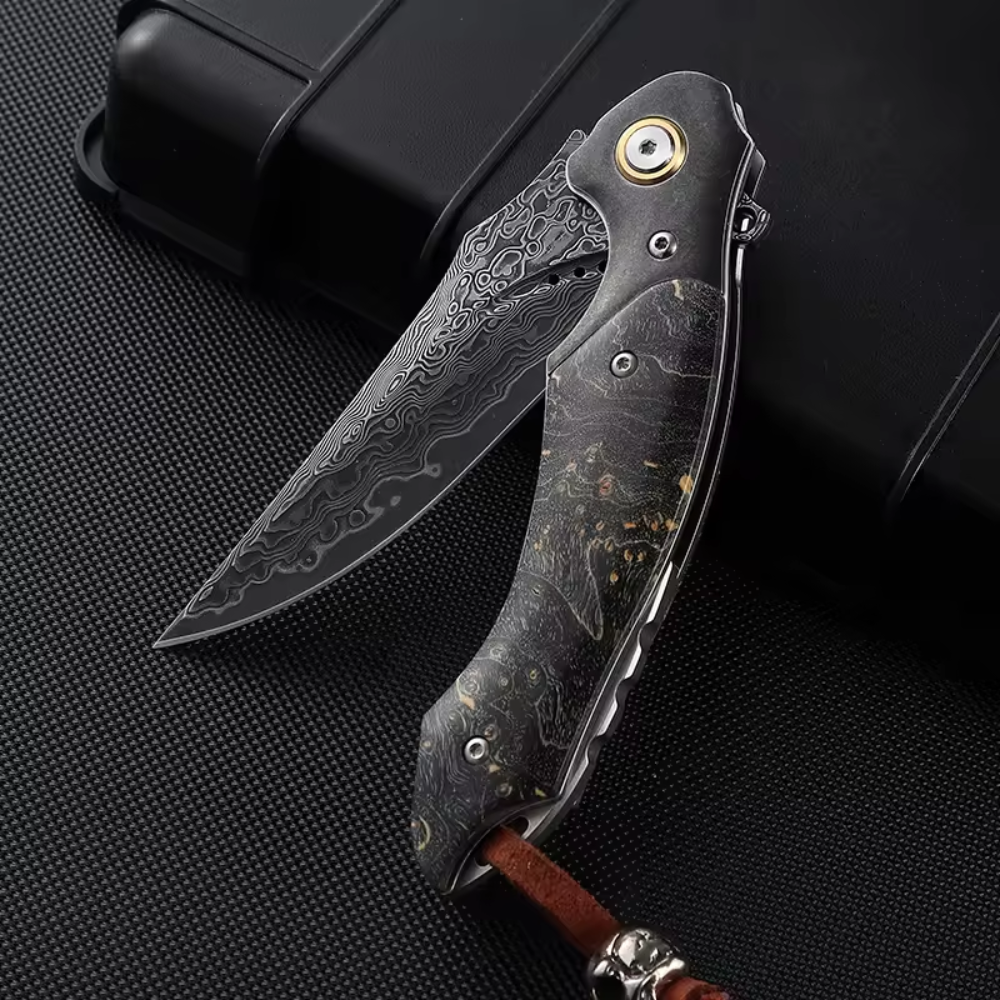

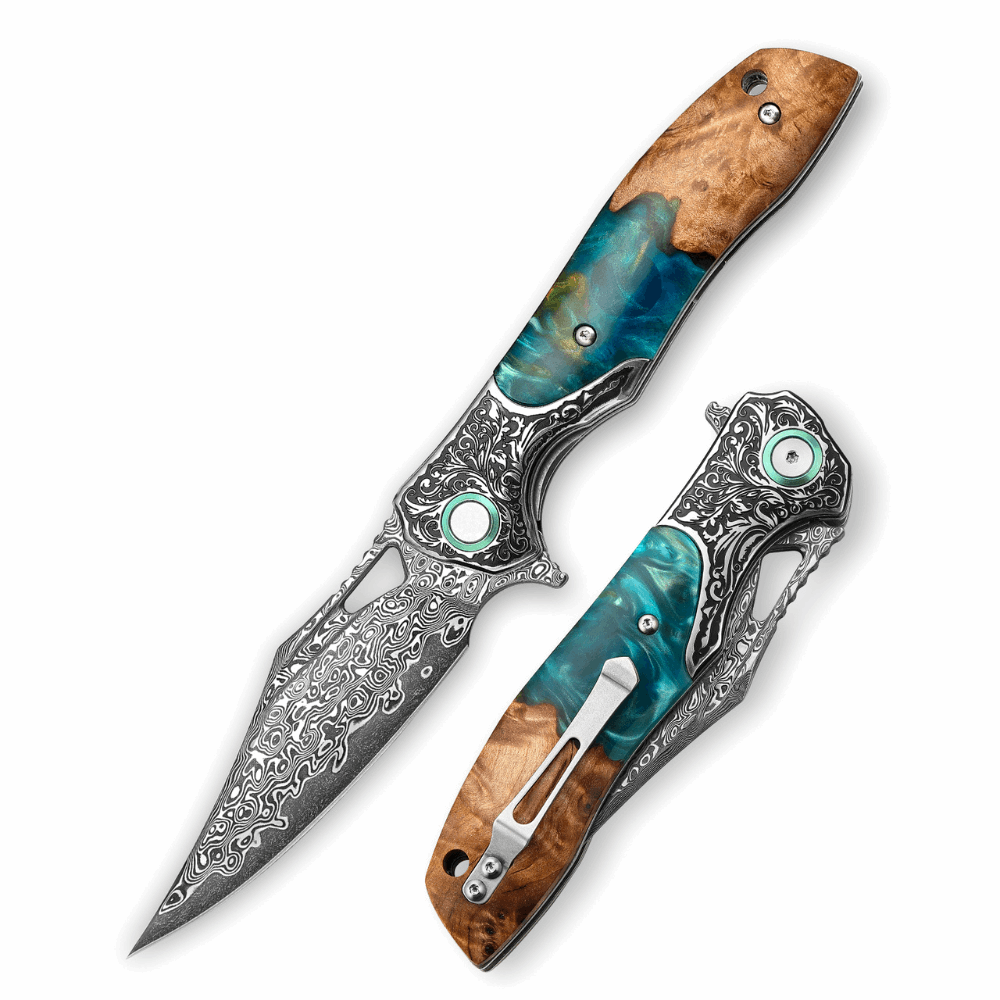
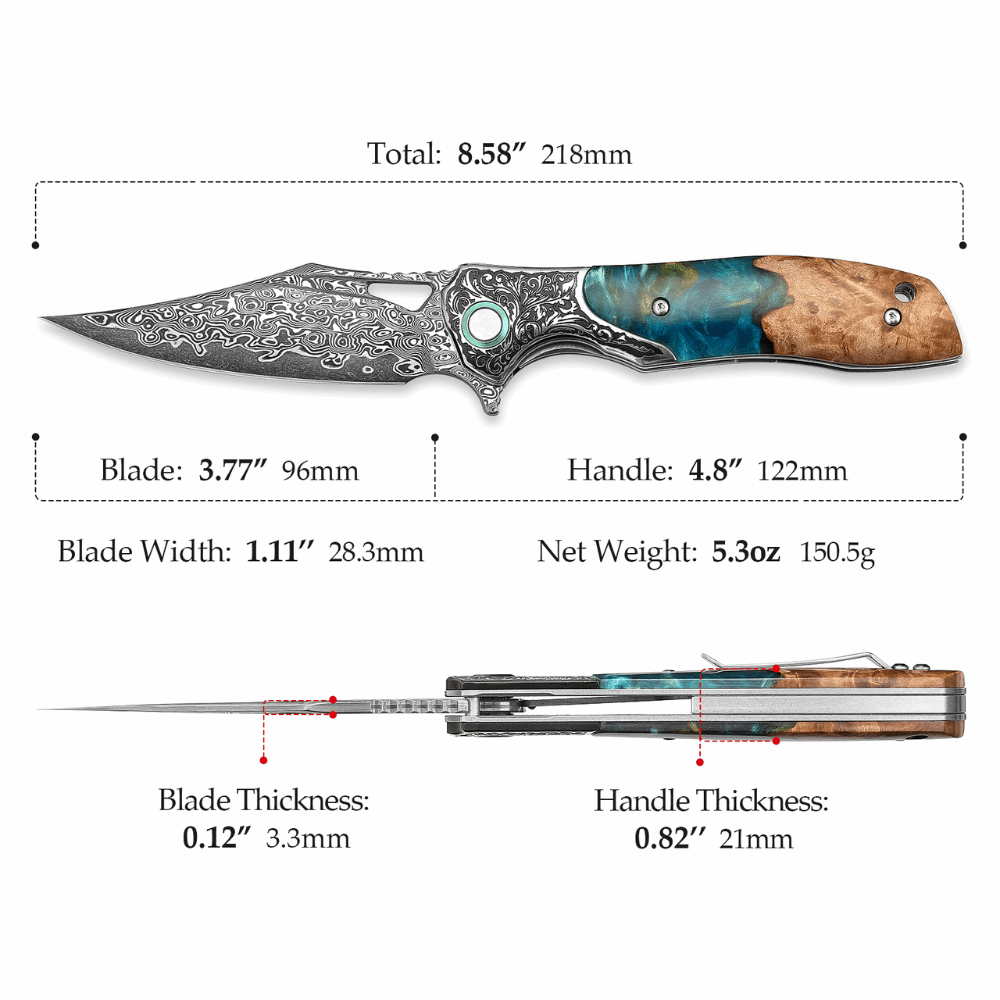





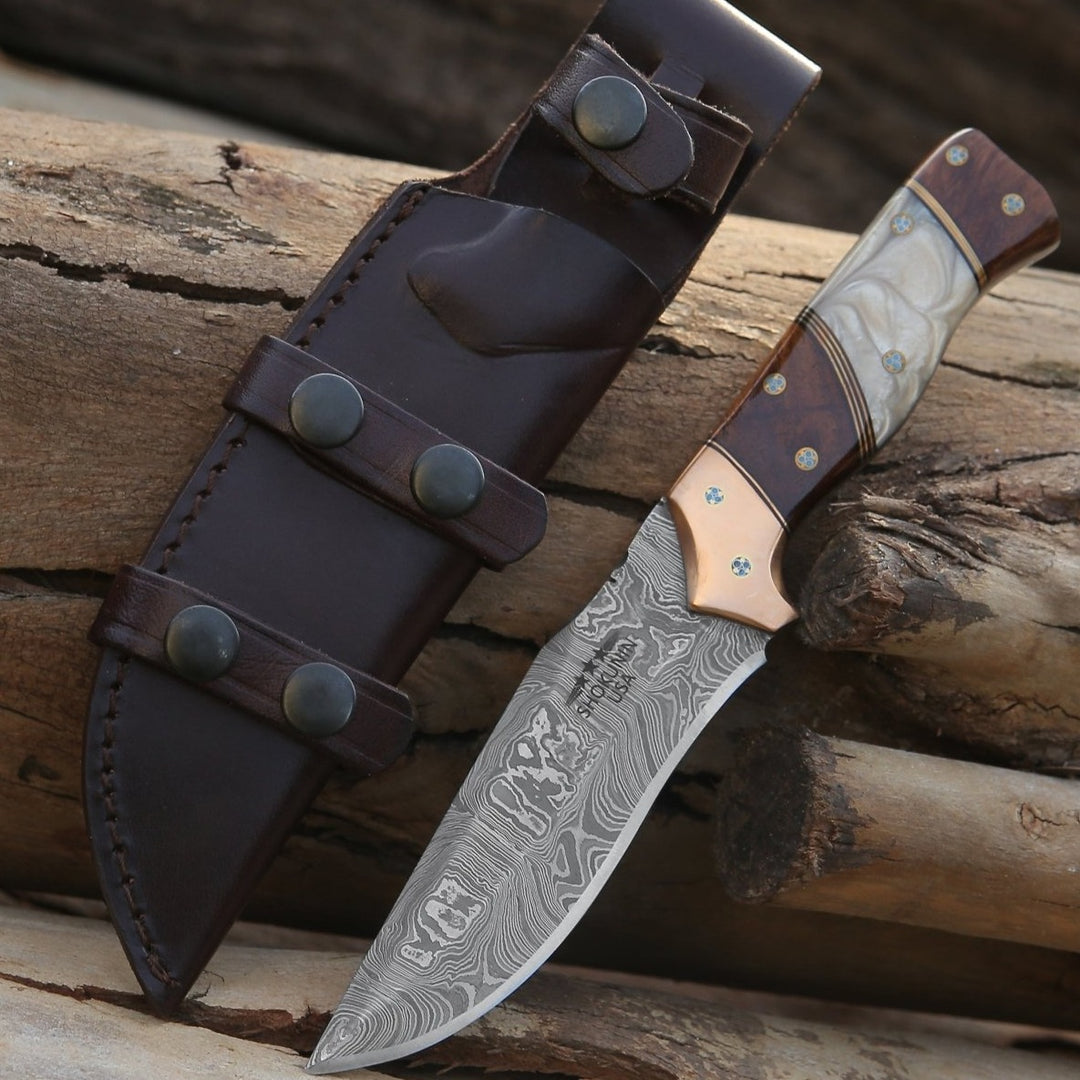
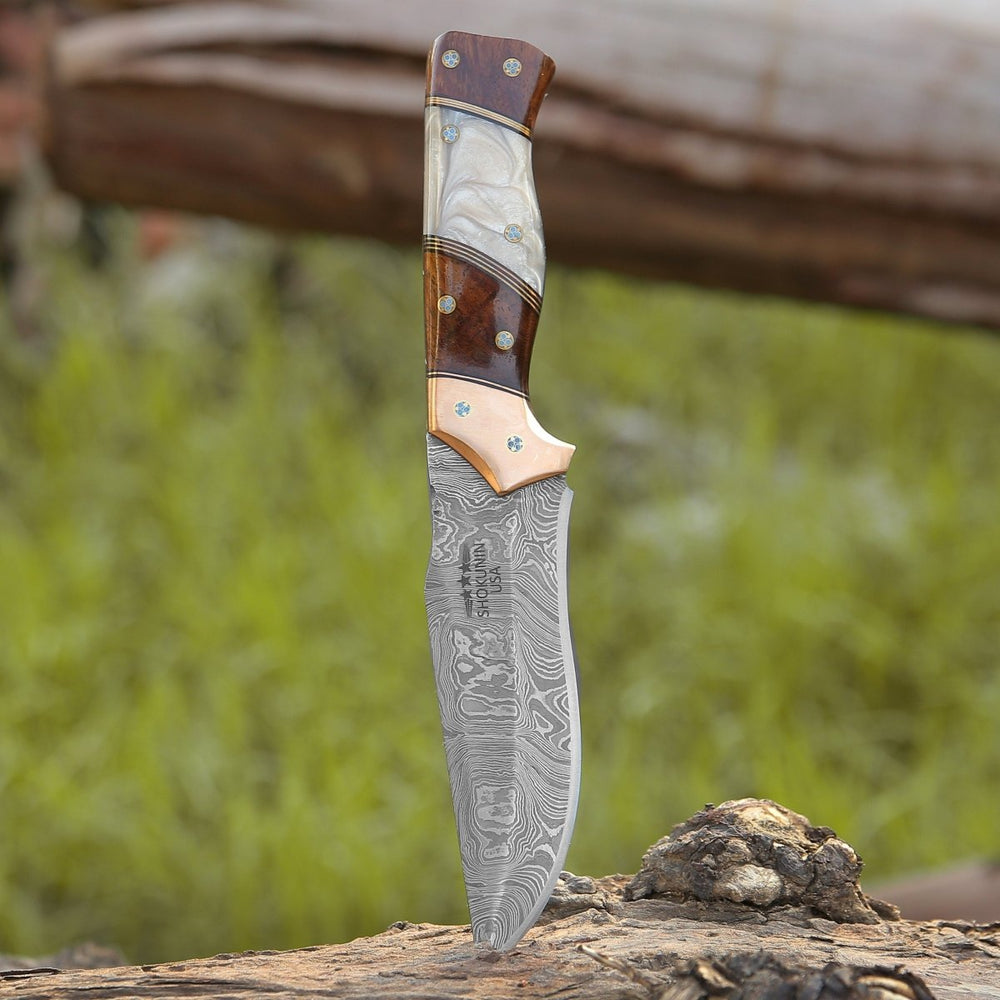

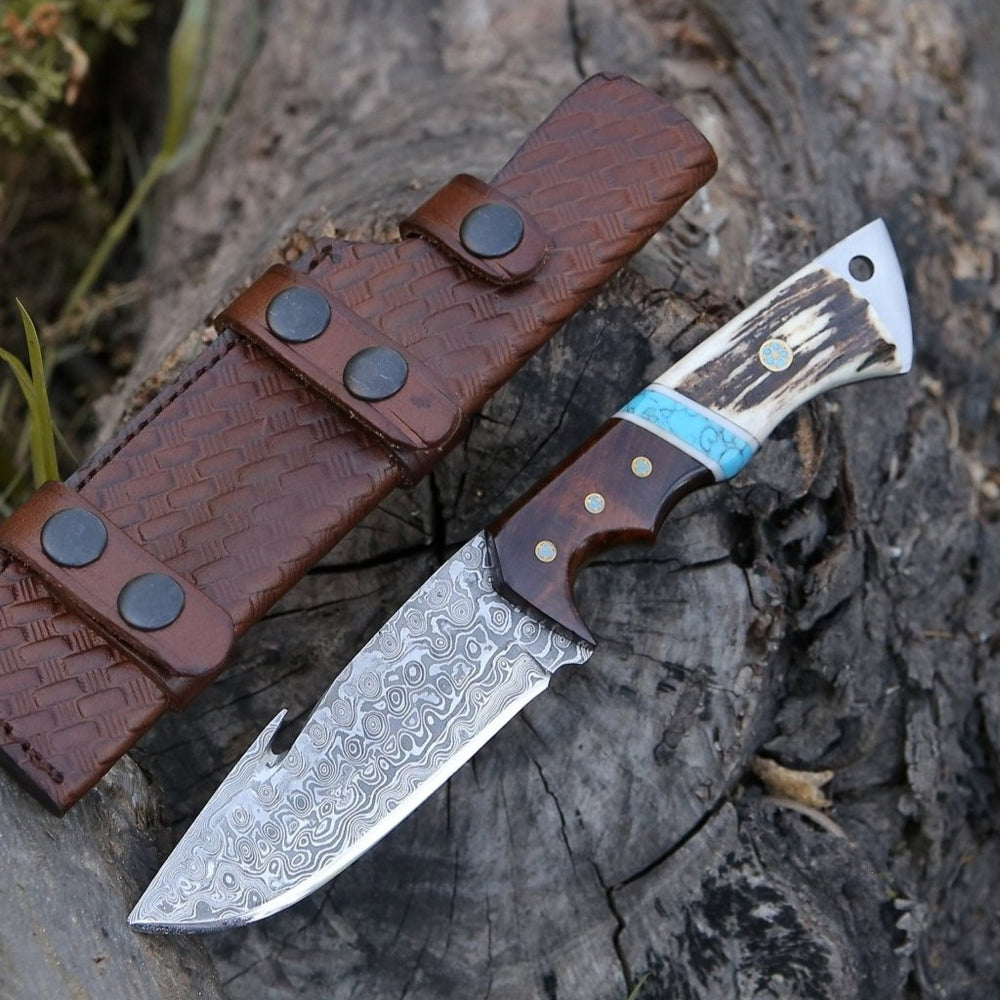

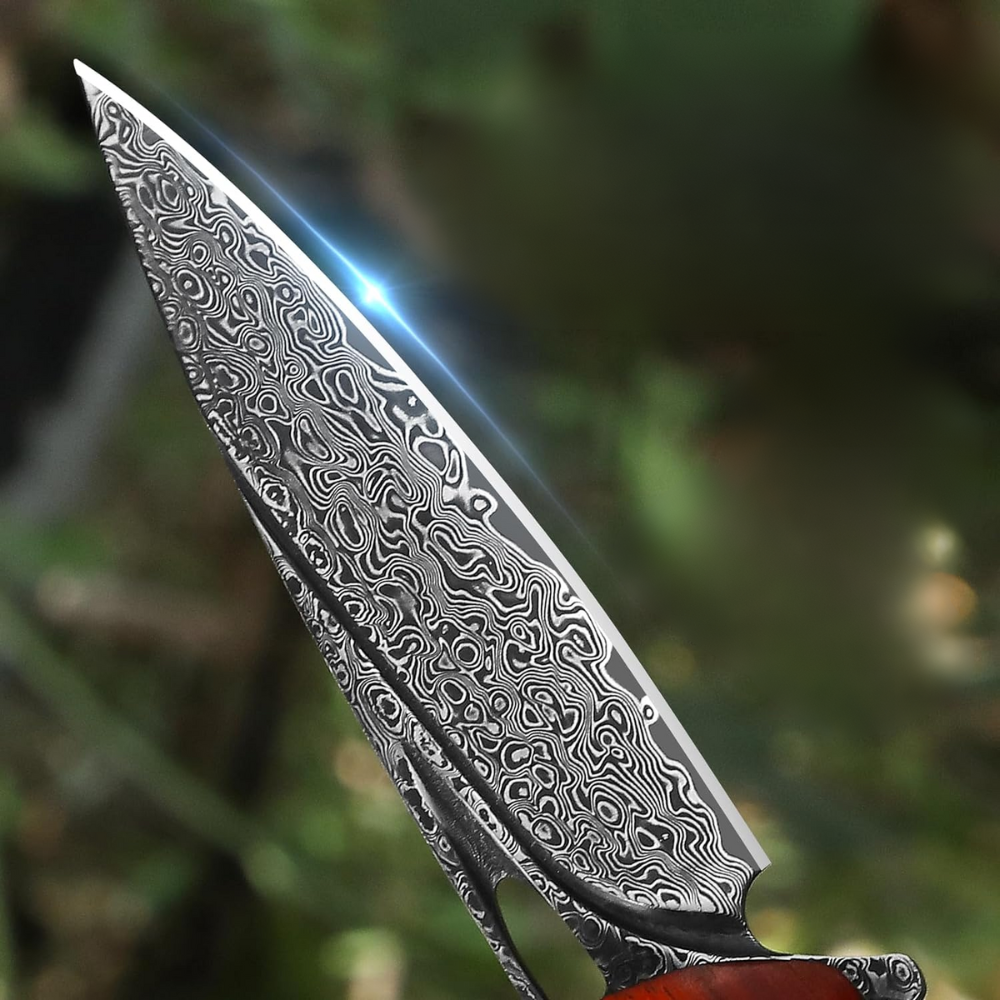



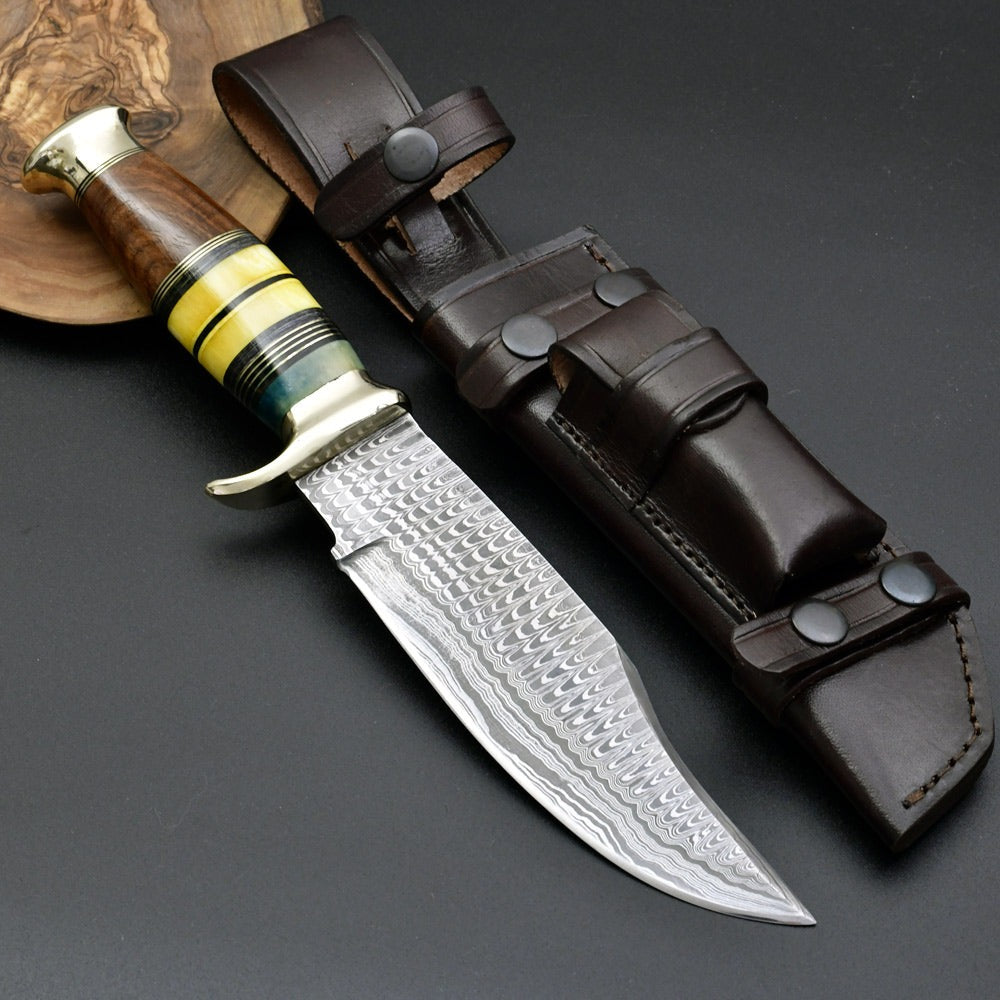



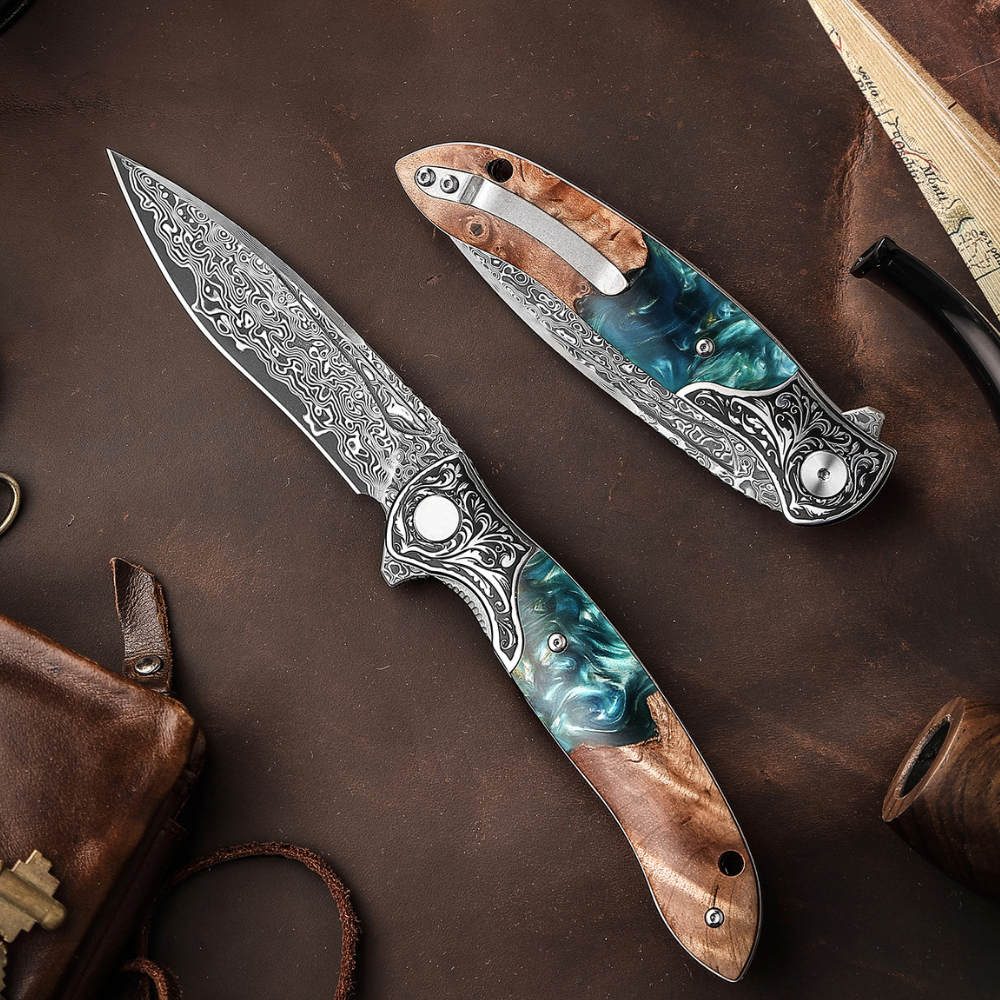
Hinterlassen Sie einen Kommentar